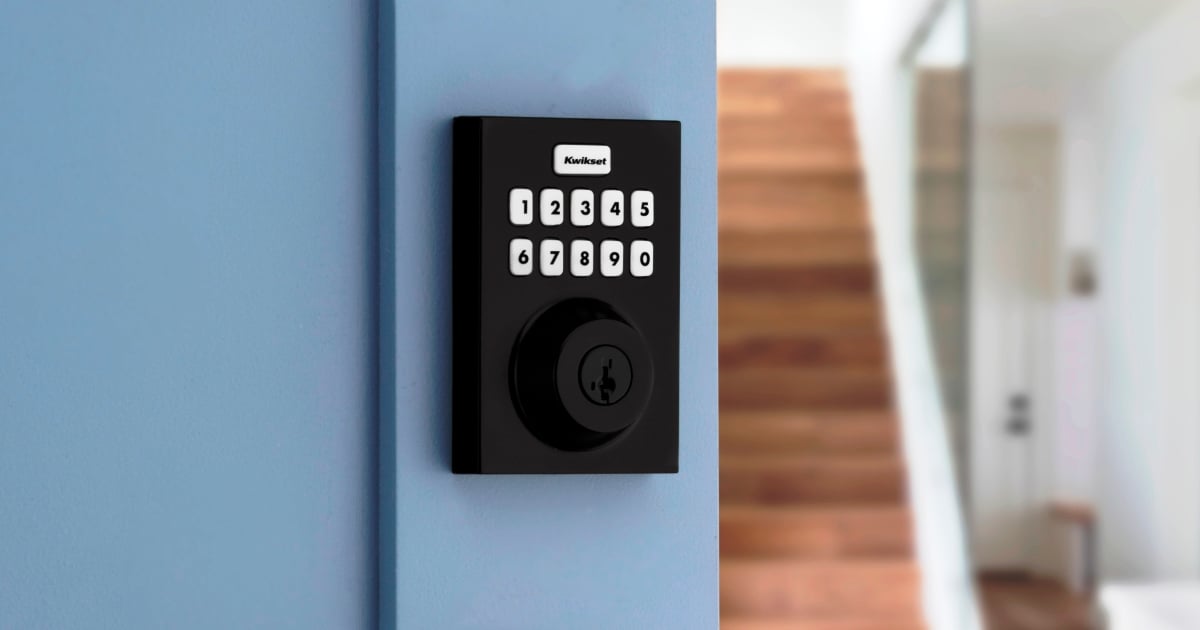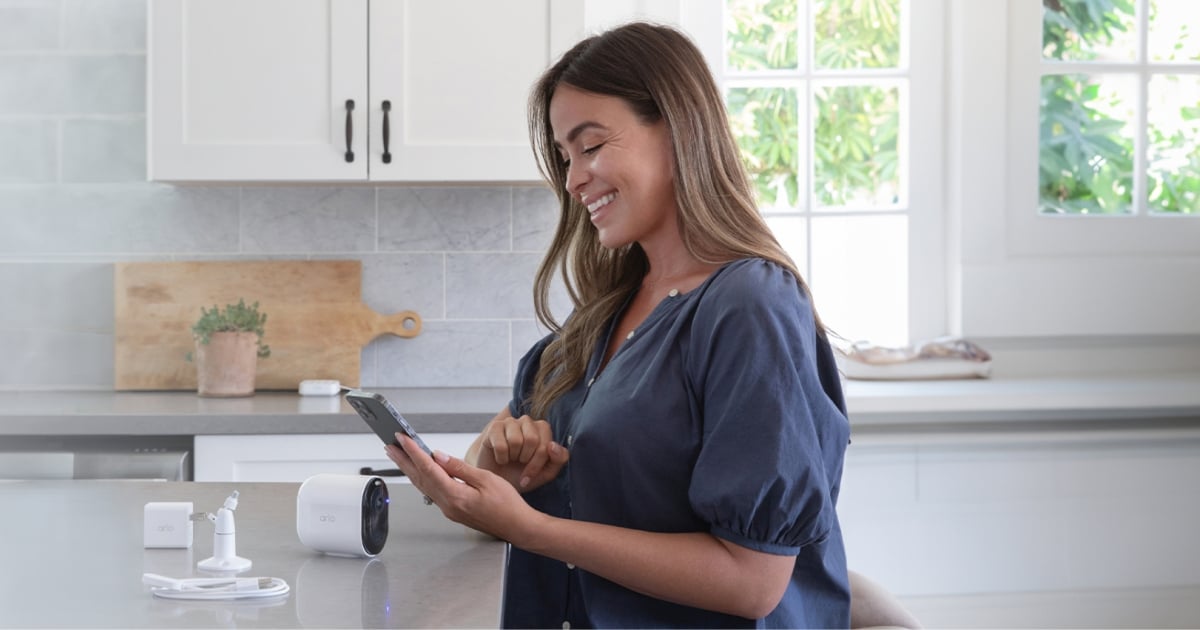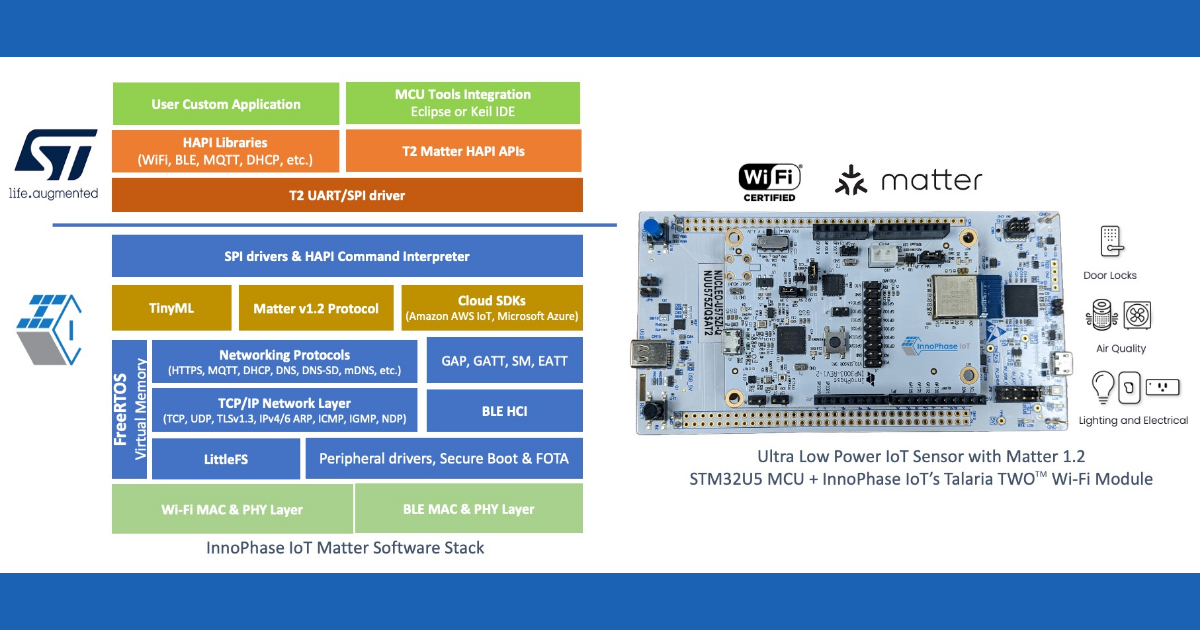
There is a growing need across a wide range of industries to understand the location of a person or “thing” indoors. In industries such as retail, indoor location technologies have grown through the use of applications that engage customers with advertisements when they enter a store, or help guide them to the general area where an item they’re looking for is located. In manufacturing, knowing the location of products, tools and people helps improve the operational efficiency, quality control and employee safety. The list of applications that can benefit from indoor location capabilities keeps growing across healthcare, law enforcement, sports and dozens of other industries. Research firms such as KBV Research expect the global indoor location services market to reach $58 billion by 2023.
In many cases, indoor location systems utilize Bluetooth beacons, a system of Bluetooth Low Energy (BLE) chips that transmit a unique signal and are fixed in specific locations to form a “network.” The simplicity of Bluetooth beacons has made them popular for basic indoor location applications. Smartphones that are in range receive unique signals put out by each nearby beacon, determine the beacon’s location based on these signals and a reference beacons map information, and the smartphone’s location is estimated. The methodology is quite simple—signals that are received strongly indicate the phone is close to the beacon, others that are received weakly assume the phone is further away.
Despite their popularity for certain applications, Bluetooth beacons are unfortunately too simplistic for most use cases. For example, beacons can only be used with smartphones, not tags, which limits their applicability. They cannot be used with applications such as asset tracking, or person tracking with ID badge tags or bracelet tag. And with smartphones, Bluetooth beacons can only be used to locate those with the appropriate app installed.
Another downside is the accuracy of Bluetooth beacons (within 3-4 meters) is not precise enough for many applications. Beacons might be able to tell you what section of a warehouse an item is in, but not a specific bin. Or send a customer a welcome message when they are in a store, without being able to determine specifically which aisle they are in.
The final limitation is the operational complexity created by the beacon’s battery. In most applications for location services, real-time (less than 2 seconds) location capability is not only nice to have, it’s a requirement. However, Bluetooth beacons can only transmit periodically because real-time location drains the devices’ battery. In addition, to achieve a reasonable accuracy in large areas such as shopping malls and airports, hundreds or even thousands of beacons will be needed—all of which would require battery replacement after several months. The operational cost will kill the business case.
Beyond Bluetooth Beacons
While Bluetooth beacons gave the global indoor location services a push, the market’s real growth will come from emerging technologies that provide higher, more reliable and real-time accuracy. As the market evolves, there is a definitive shift taking place, away from mobile-centric beacons designed to work with smartphones to a more network-centric system built from “smart” receiver antennas. These receiver antennas estimate the location of anything with a Bluetooth chip, such as tags and ID badges, that’s in range. They’re smarter than beacons because the intelligence lies in the receiver antenna and a centralized software application, not in the smartphone app. By making a network of receiver antennas more intelligent, the things that are being located can be much simpler. That means a wider range of low-cost tags with extremely long battery life can be developed and used in this type of configuration. Some large configurations involve tracking hundreds of thousands of assets (e.g., in the logistics and packing industry), and then the price and lifetime of the tag is crucial.
The biggest difference in emerging technology, however, is a change in the way the signals from the tags are measured to determine location. As mentioned above, typical systems use the strength of the signal to measure location—strong means proximity, weak means the device is further away. The missing link in this methodology is that it fails to consider that the many causes for the received power strength to vary are also linked to the device’s physical environment, such as a building’s layout. The system assumes that a signal is weak because the distance between transceiver and receiver is long, not that there might be a physical structure, such as a cement wall or metal shelf, that is blocking or weakening the signal.
This has spurred a new way about how to calculate location. By using the direction of signals—their Angle of Arrival (AoA)— the exact direction the device is from the receiver antenna arrays. Instead of being simple receivers with only one antenna per receiver to measure the power of the received signal, the AoA receivers have multiple antennas within the same devices—an array of antenna. Those location measurements enable the receive antennas to locate a smartphone or tag to within 10-20 cm, which is about 20 times more accurate than most Bluetooth beacon systems. In addition, AoA can calculate locations much faster than approaches based on signal strength because variations in signal strength requires such systems to average the readings over several seconds to achieve good results. This all enables the realization of real-time critical applications such as user navigation and collision avoidance services between forklifts and individuals.
Additional emerging technology considers moving location intelligence back to smartphones and mobile devices if appropriate for the application at hand. Here, devices measure “direction of departure,” or DoD, which is the mobile-centric equivalent of network-centric AoA technology described above. A system like this can measure locations of many more devices, since the work is done on the devices and not in the network. Location privacy is also maintained using these methods. The Bluetooth Special Interest Group (BT SIG) is working on a new standard for BLE angle estimation that will solidify these new approaches.
Putting these innovations together delivers a location approach that has moved well beyond Bluetooth beacons. There are also other location technologies that deliver some of these advantages of AoA, but each has its own limitations. For example, Ultra Wideband (UWB) chips can achieve location accuracy of 10-20 cm, but cannot work with smartphones or other mobile devices as they don’t have embedded UWB chips. RFID and Infrared, which can work reasonably well on dedicated hardware, cannot achieve the accuracy of an AoA method, have practical limitations on been used for continuous tracking in large projects, and does not work on smartphones.
When methodologies are evaluated side by side, AoA delivers the most accurate location results, every time. And that means Bluetooth beacons are being relegated to the back seat as these new technologies emerge.
About the author: Fabio Belloni is general manager and co-founder of Quuppa. He started working for Nokia Research Center (NRC) as Senior Researcher focusing on advanced algorithm development and antenna modelling in 2007. In 2008, he became Principal Researcher working on positioning technologies, hybrid systems architecture, indoor mapping and navigation, while leading the execution of technology pilots and demonstration activities around indoor localization technologies.
Edited by
Ken Briodagh





